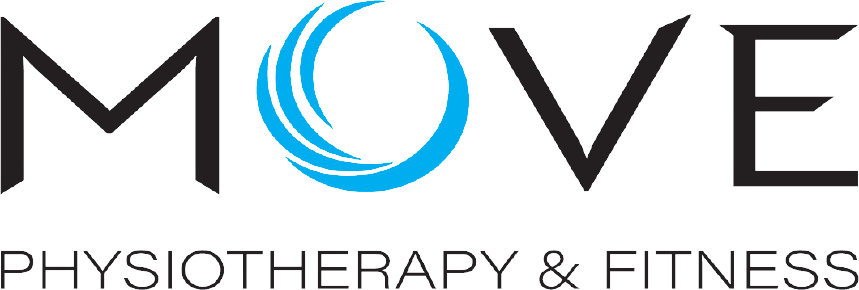- July 21, 2019
- Posted by: Daniel Ryan
- Category: Uncategorized

Did you know that the estimated incidence of lower back pain was 3.7 million people in 2014-15! That is 1 in 6 people! I often spend my afternoons writing blogs in one of the local East Fremantle Cafes. Going by those statistics I have 6 people around me with back pain… Perhaps I should be handing out business cards? These pains can range from very minor aches and pains to downright debilitating incidences of back pain.
Move Physiotherapy provides a massage service for residents in East Fremantle and surrounding suburbs in order to treat, or otherwise completely resolve your lower back discomfort. Furthermore, our physiotherapist and remedial massage therapist have a combined 17+ years of experience in remedial massage. With this experience comes not only the most effective treatment for your aches and pains, but also a comprehensive assessment in order to identify the areas contributing to your lower back pain. We are able to tailor our treatments specifically for you and provide a series of home exercises and stretches to be performed between your treatments.
Read below for an explanation of how massage can help, and what type of massage is best for you:

1. Increased Blood Flow
Massage is an effective tool for increasing blood flow to tight muscles that may be causing your lower back pain. This increased blood flow supplies fresh oxygen and nutrients to muscles, and flushes out acidic chemicals – such as lactic acid – in order to stimulate healing and relieve your pain.
2. Endorphin Release
Endorphins are our natural ‘happy hormones.’ Massage is well known to stimulate endorphin release. You know that light, refreshed and happy feeling you have after your massage? That feeling is stimulated by those endorphins! Forget ‘runners high’… here we like to call it a ‘massage high!’
What Type of Massage is Best for Low Back Pain?
Remedial massage is your go to treatment for lower back pain. Remedial Massage is an umbrella term used to describe a number of massage styles including trigger point release, deep tissue massage and sports massage in conjunction with techniques such as PNF – proprioceptive neuromuscular facilitaiton – and MET – muscle energy techniques.
A deep remedial massage can encourage blood flow to tight bands of muscle, improving oxygen supply and flushing out toxic chemicals in these muscles to effectively relax the tissues. Lighter treatments can still provide effective relief from pain and tightness by removing adhesions in the overlying fascial layer. You can discuss with your remedial therapist or physiotherapist the goals of your massage, who can recommend an appropriate treatment.
However in cases where massage is not leaving a lasting effect, your physiotherapist may instead use a dry needling technique. Dry Needling refers to the insertion of a fine filament ‘acupuncture’ style needle into the tight muscle. This stimulates a local twitch response which stimulates the body to provide the muscle with fresh oxygen and nutrients, and to flush away acidic chemicals. This helps to release taut bands of muscle and fascia, thereby alleviating your pain.
Your massage therapist or physiotherapist will also provide you with a series of stretches, or self-release exercises with a foam roller or spikey ball. These should be completed regularly to maintain normal muscle length between your massage appointments!
Book Your Massage Appointment Online
Book your remedial massage appointment online by clicking here, or following the link at the top of the page! At Move Physiotherapy, we endeavour to have same day appointments available for those emergency sessions!
